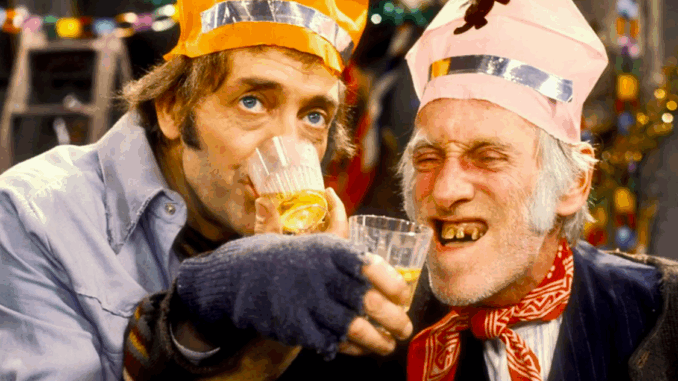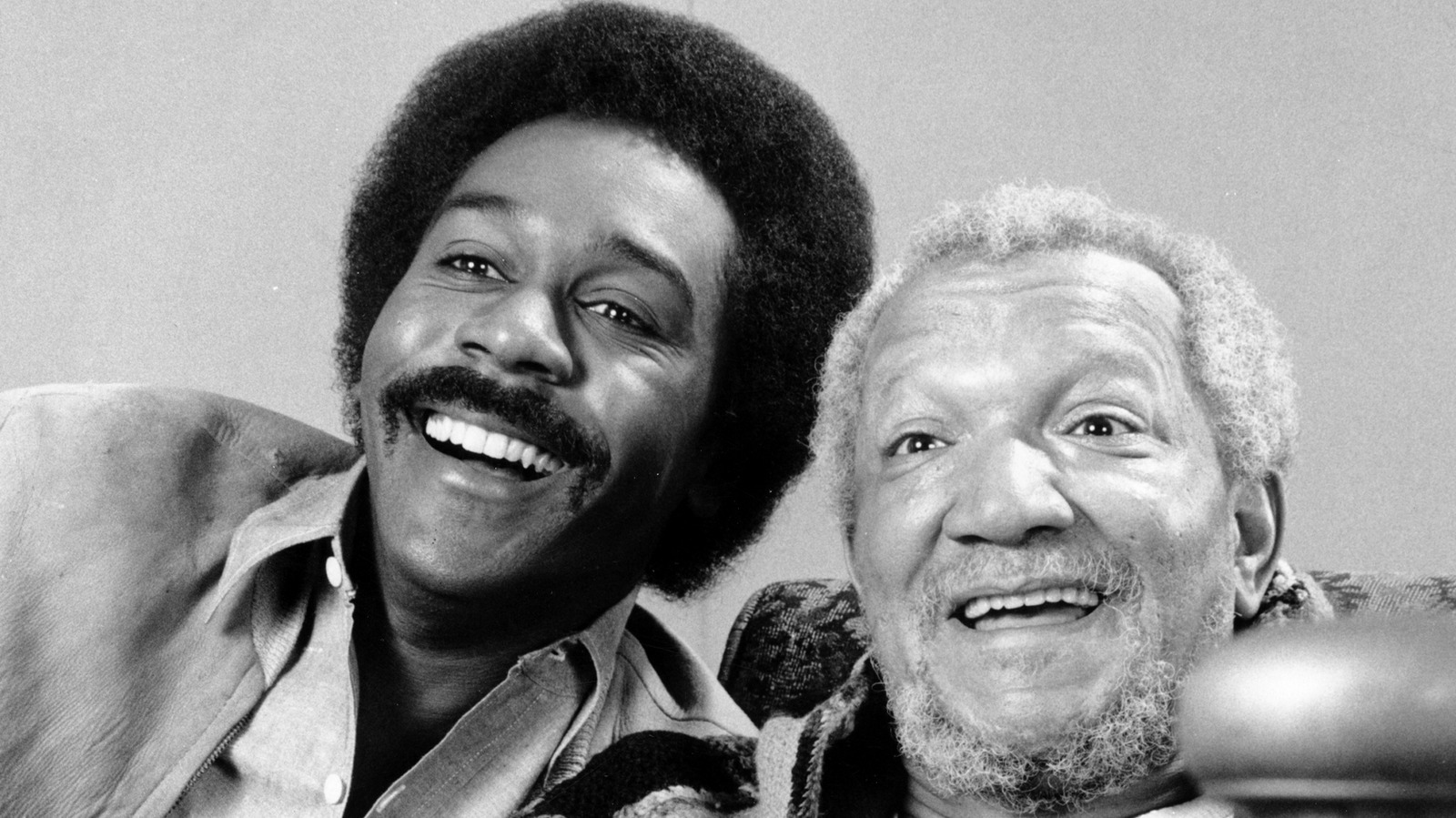
At first glance, the Sanford junkyard was just a pile of broken refrigerators, rusty bed frames, and forgotten lamps. But to Fred Sanford, it was a goldmine — and to TV audiences, it became one of the funniest backdrops in sitcom history.
The genius of Sanford and Son was how it transformed the world of junk dealing into a stage for endless comedy. Fred could haggle over a toaster as if it were a Picasso painting. Every broken-down object carried potential — either as a prop for a scheme, a punchline for a joke, or an excuse to bicker with Lamont.
But beyond the laughs, the junkyard reflected something deeper about American life in the 1970s. It was a place of survival, where discarded things (and sometimes discarded people) could find new purpose. Fred Sanford was a hustler before hustling became a cultural buzzword. He wasn’t just selling junk — he was selling resilience, wit, and the idea that you could make something out of nothing.

In a strange way, the junkyard itself became a character on the show. It was messy, unpredictable, and full of hidden treasures — just like the Sanfords. And while sitcom sets usually fade from memory, the image of Fred lounging in his dusty old chair among piles of scrap is as iconic as any laugh line.
Today, in a world obsessed with recycling, thrift shops, and “upcycling,” Fred Sanford looks less like a grumpy old junk dealer and more like a prophet. He was living the eco-friendly lifestyle decades before it became cool — though he’d never admit it. For Fred, it was just business. For us, it was unforgettable comedy.
